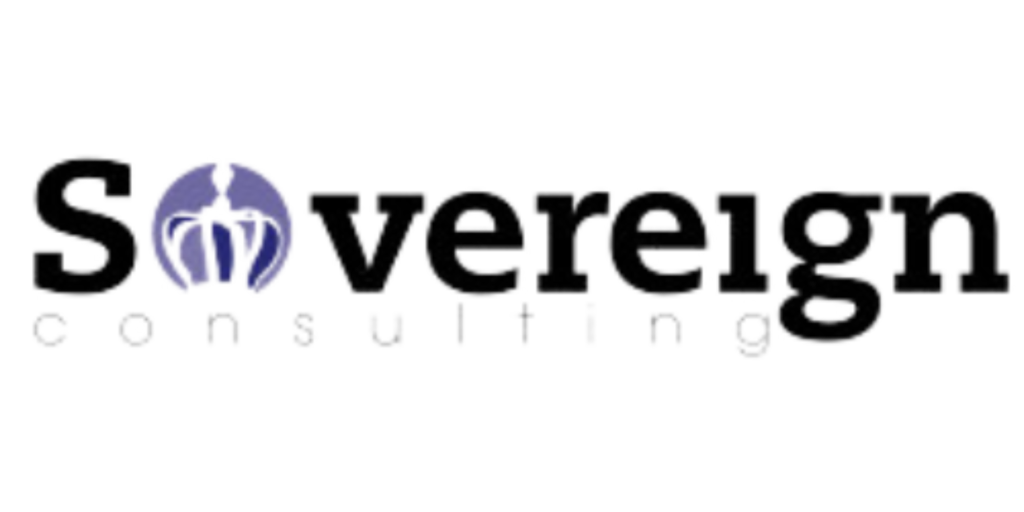Whether you’re new to the workforce or facing an unexpected job loss, understanding Employment Insurance (EI) can seem daunting. But fear not! This article demystifies EI, providing you with a clear and concise explanation of its benefits, eligibility requirements, and how to apply.
What is EI?
Employment insurance is a program offered by the Government of Canada that provides temporary financial assistance to eligible individuals who have lost their jobs through no fault of their own. It helps individuals meet their basic needs while they search for new employment or upgrade their skills.
What are the different types of EI benefits?
EI offers a range of benefits to meet various needs:
- EI Regular Benefits: This is the most common benefit, providing income support for individuals who have lost their jobs due to reasons such as shortage of work, seasonal layoffs, or company closures.
- EI Sickness Benefits: These benefits offer financial assistance to individuals who are unable to work due to illness, injury, or quarantine.
- EI Maternity and Parental Benefits: These benefits provide financial support to expecting or new parents to take time off work for pregnancy, childbirth, and parental care.
- EI Compassionate Care Benefits: These benefits offer support to individuals who need to take time off work to care for a gravely ill family member.
- EI Fishing Benefits: These benefits provide income support to fishers during periods of low fishing activity or unemployment.
Who is eligible for EI?
To be eligible for EI benefits, you must meet the following criteria:
- Have lost your job through no fault of your own.
- Have earned a minimum amount of insurable earnings in the past year (usually referred to as “the qualifying period”).
- Be available and actively looking for work.
- Be able to work when suitable employment is offered.
How to apply for EI benefits:
Applying for EI benefits can be done online or by phone. You will need to provide various documents, including:
- Your Social Insurance Number (SIN).
- Recent Record of Employment (ROE) from your former employer.
- Proof of your income for the past year.
- Medical documentation for sickness benefits.
How long can I receive EI benefits?
The length of time you can receive EI benefits depends on your individual circumstances, including your age, region of residence, and how long you were employed before your job loss. Generally, the maximum duration for regular benefits is 45 weeks.
What are my responsibilities while receiving EI benefits?
While receiving EI benefits, you must:
- Report regularly to Service Canada.
- Actively look for work.
- Accept suitable employment when offered.
- Inform Service Canada of any changes to your circumstances.
Sovereign Consulting: Your Partner in Navigating EI
The world of EI can be complex, and navigating the application process alone can be stressful. Sovereign Consulting is here to help. We offer a range of EI Exemption Filing services to guide you through the entire process, including:
- EI Eligibility Assessment: We can help you determine if you meet the eligibility requirements for EI benefits.
- Application Assistance: We can assist you with completing your EI application and ensuring all necessary documentation is included.
- Appeals Support: If your EI application is denied, we can help you understand your appeal rights and guide you through the appeal process.
- Ongoing Support: We provide ongoing support and guidance throughout your EI claim.
Don’t let the complexities of EI deter you from seeking the financial assistance you deserve. Contact Sovereign Consulting today to schedule a free consultation and learn how we can help you navigate the EI system and access the benefits you are entitled to.
Remember, understanding your rights and responsibilities as an EI recipient is crucial. Sovereign Consulting is here to empower you with knowledge and support, ensuring you receive the benefits you deserve during this transitional period.

